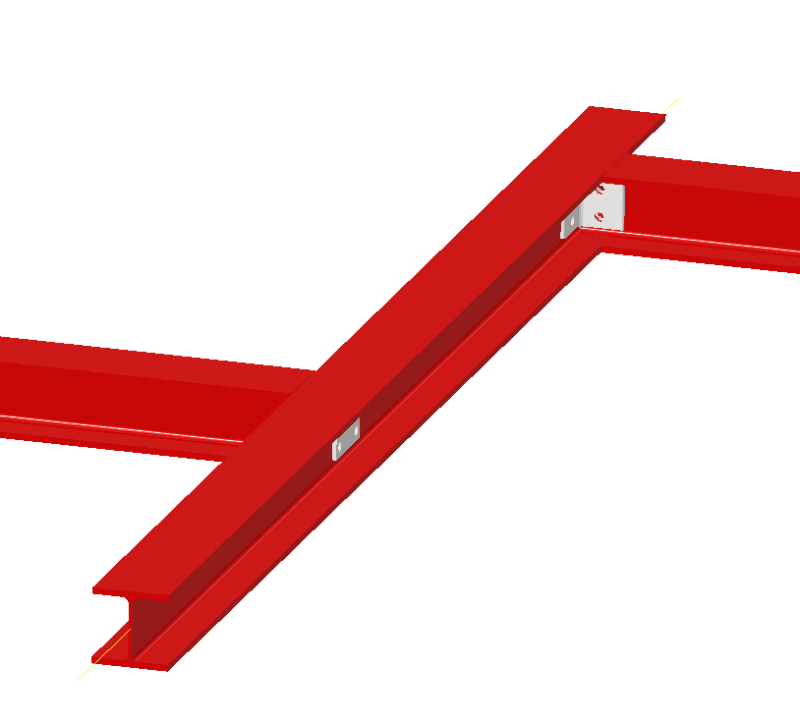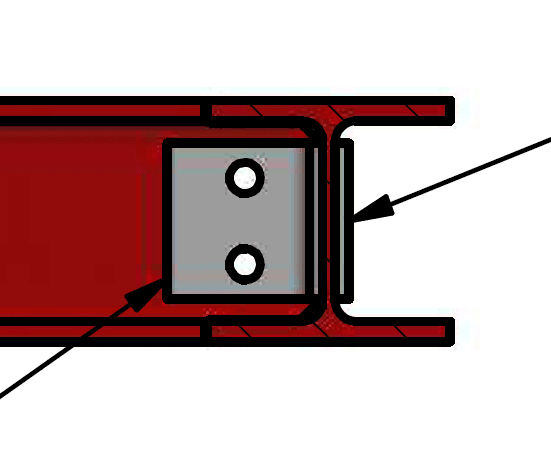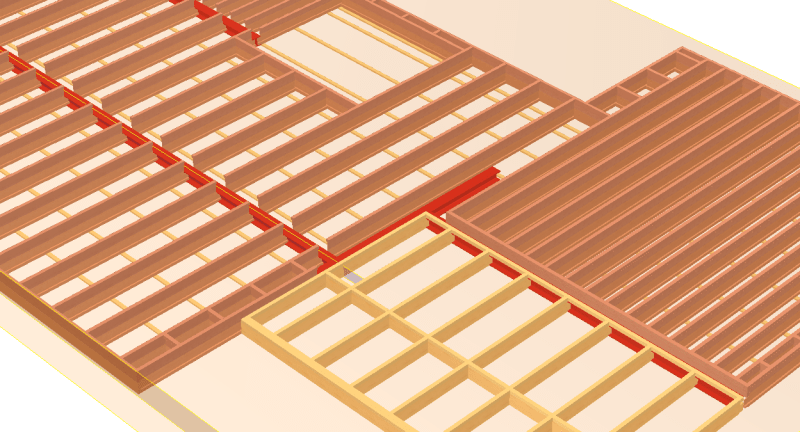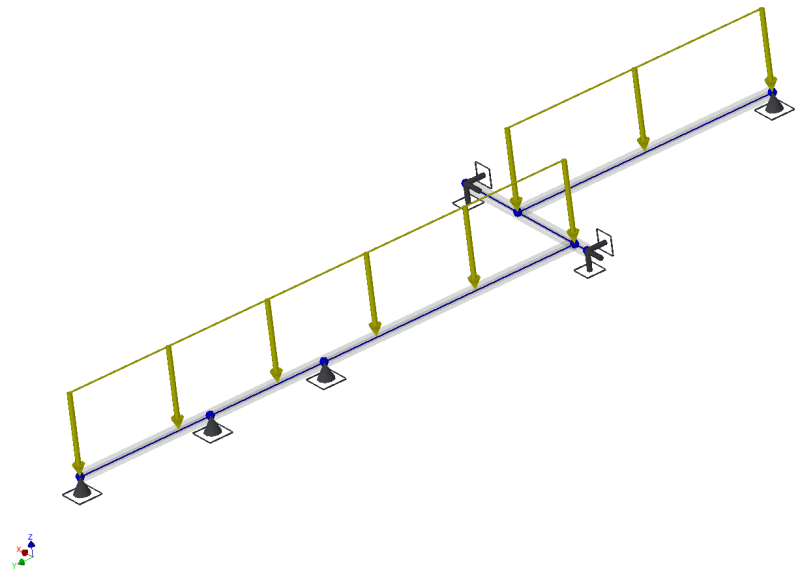Hi all!
I'm wondering if anyone had some thoughts to the proposed beam-to-beam connection shown below, that consists of
two angles on either side of the web with a support plate on the transverse beam.
I've googled different beam-to-beam connection and did not find this particular, so i'm wondering if it is no good?
My reason for choosing this is becase of the easy installation (no welding):
- HEB 140
- Angle and bolts (calculation pending)
- Load on longitudinal beams approx. 10-13kN/m
- To be used in my new house
- assuming bolted connection can transfer moment
- No loads on transverse beam, except loads from connection and end reactions
Thank you!


I'm wondering if anyone had some thoughts to the proposed beam-to-beam connection shown below, that consists of
two angles on either side of the web with a support plate on the transverse beam.
I've googled different beam-to-beam connection and did not find this particular, so i'm wondering if it is no good?
My reason for choosing this is becase of the easy installation (no welding):
- HEB 140
- Angle and bolts (calculation pending)
- Load on longitudinal beams approx. 10-13kN/m
- To be used in my new house
- assuming bolted connection can transfer moment
- No loads on transverse beam, except loads from connection and end reactions
Thank you!



![[wink] [wink] [wink]](/data/assets/smilies/wink.gif) ) so thought it a nice mental exercise (haven't worked as a structural engineering...yet)
) so thought it a nice mental exercise (haven't worked as a structural engineering...yet) 
